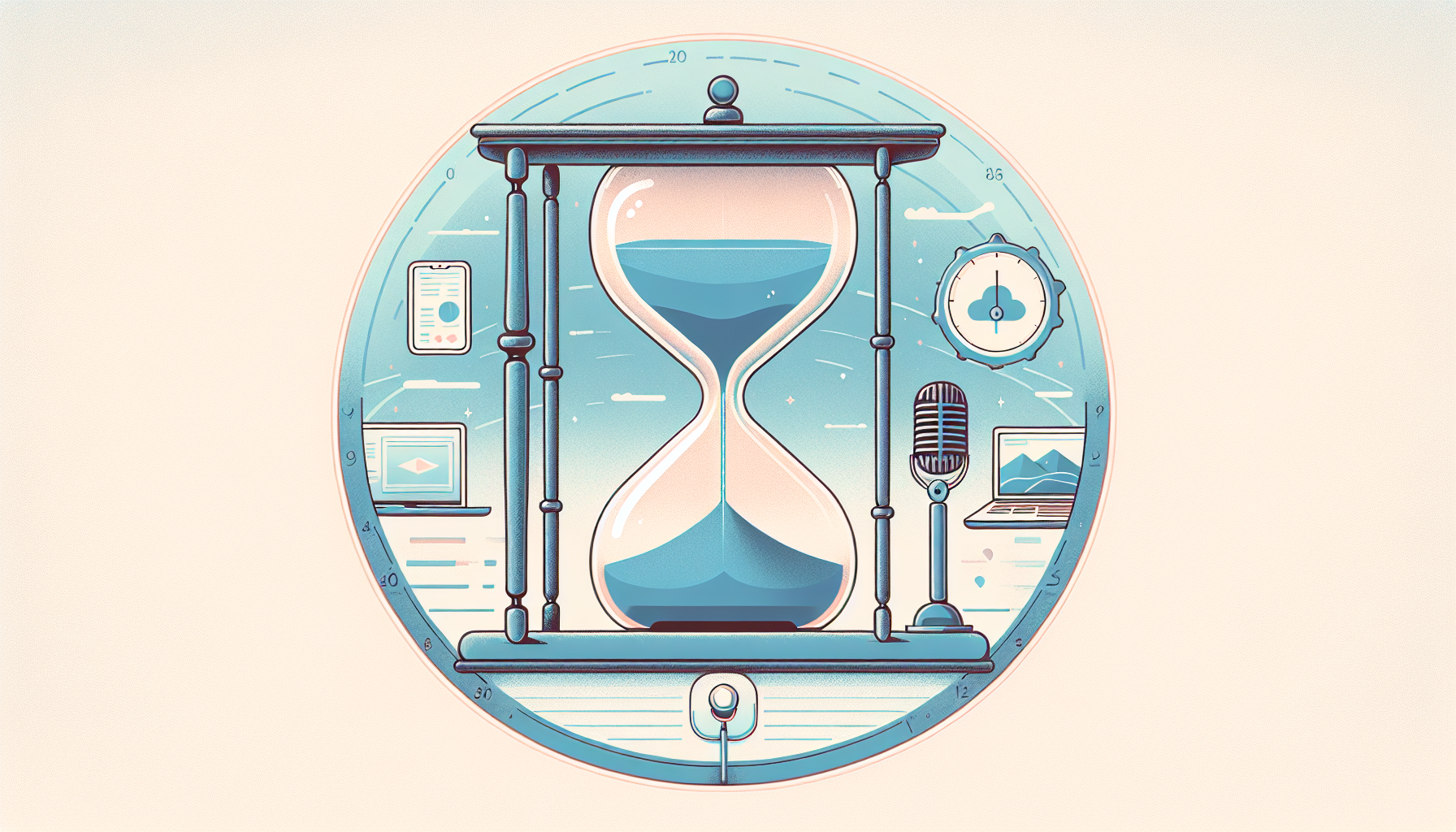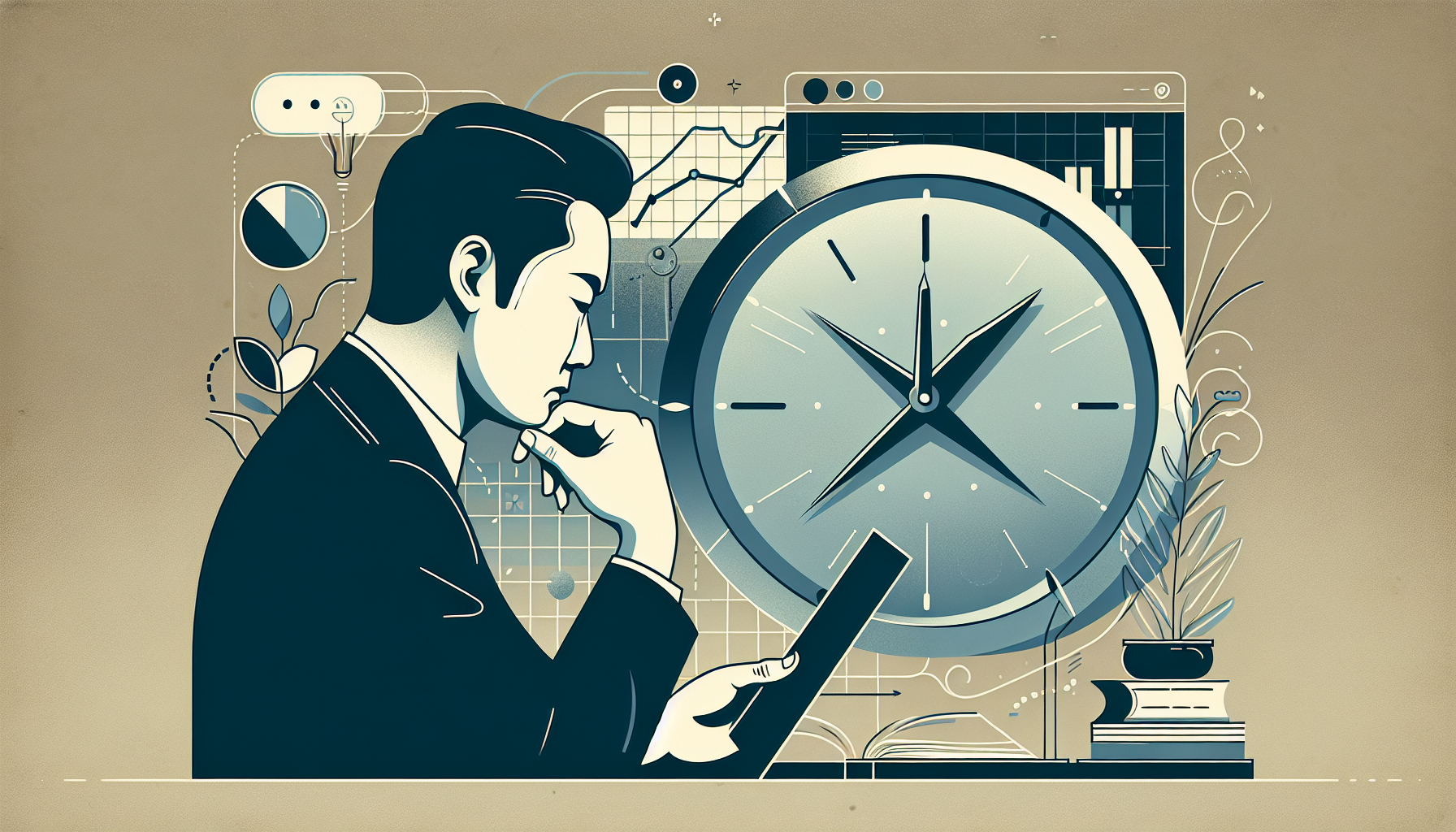Webinars can be a bit of a mystery, can’t they? You might be wondering how long they usually last or if there’s a magic number for the perfect duration. You’re not alone—many people find themselves scratching their heads over this.
Well, if you stick around, I promise to break down everything you need to know about webinar lengths. We’ll uncover what influences their duration and how you can pick the right time for your audience to keep them engaged and happy.
From typical lengths to smart time management tips, we’ll explore a range of common practices. By the end, you’ll have a clear idea of how long your next webinar should be—no more guesswork involved!
Key Takeaways
- A typical webinar lasts between 30 to 90 minutes, balancing depth and audience engagement.
- Complex topics may need longer durations, while concise presentations suit professional audiences.
- Webinar formats vary: single-presenter (~45-60 min), panel discussions (60-90 min), and workshops (up to 2 hrs).
- Define your objectives to choose the right length: longer for education, shorter for sales.
- Manage time effectively with a clear agenda and stick to allocated slots for each topic.
- Engage attendees through Q&As and use a timer to stay on track.
- Different industries have varying norms; know the standards for your field to tailor duration.

How Long Is a Typical Webinar?
A typical webinar usually lasts between 30 to 90 minutes.
This duration provides enough time to cover essential topics while keeping the audience engaged.
Webinars under 30 minutes might not provide sufficient depth, while those exceeding 90 minutes can lead to participant drop-off.
It’s also important to factor in time for Q&A, which can be valuable for participant interaction.
Factors That Affect Webinar Length
The length of your webinar can depend on several factors.
First and foremost is the topic complexity; more intricate subjects may require additional time for detailed explanations.
Your target audience plays a role too; professionals might prefer concise presentations, while educational audiences may appreciate longer, detailed sessions.
Consider the format of the presentation as well; panel discussions might be longer due to multiple speakers, whereas solo presentations can be more streamlined.
Finally, the availability of time slots can influence length, especially if part of a larger event.
Common Webinar Formats and Their Durations
Webinars can take several forms, each with its typical time range.
For instance, a single-presenter webinar usually spans about 45 to 60 minutes.
Conversely, panel discussions may last 60 to 90 minutes, allowing each expert to share insights.
Workshops, which often include interactive elements, can be even longer, typically lasting up to a couple of hours.
Lastly, short demos might clock in at around 20 to 30 minutes, focusing on hands-on learning.
Choosing the Right Length for Your Webinar
Selecting the right length for your webinar is crucial for retaining audience interest.
Start by defining your objectives: Are you informing, training, or generating leads?
Align the duration to fit these goals; for instance, an educational session might warrant a longer format, while a sales pitch could be shorter.
Consider your audience’s preferences; surveys or feedback from past webinars can guide you.
And don’t forget the importance of breaks, especially for longer sessions, to keep your audience alert.

Tips for Managing Webinar Time Effectively
Managing time during a webinar can be challenging but is essential for keeping your audience engaged.
Start with a clear agenda and share it at the beginning, so participants know what to expect.
Allocate specific time slots for each topic you plan to cover, aiming to stick to the schedule as closely as possible.
Use a timer or visual cues to stay on track; this can also signal to participants when it’s time for Q&A or discussions.
If you notice a topic requiring more explanation, consider condensing less critical points to ensure you cover everything important.
Engage with your audience during the presentation, allowing them to ask questions using chat features to keep the conversation flowing.
Lastly, practice beforehand; running through your presentation will help you identify areas where you might tend to wander off-topic.
Examples of Webinar Lengths in Different Industries
Webinars can vary significantly in length depending on the industry and purpose.
For instance, in the tech industry, a product launch webinar might last about 60 minutes, combining a demo and a Q&A session.
Conversely, educational webinars in academic settings typically extend to 90 minutes, allowing for in-depth discussions and materials.
Healthcare webinars often last around 30 to 45 minutes, focusing on delivering concise, actionable information to professionals.
In the marketing sphere, a shorter, engaging format of about 30 minutes is prevalent to maintain audience interaction.
Understanding these nuances can help you tailor your webinar duration to meet audience expectations effectively.
Ultimately, consider the standard practices within your industry; they often guide your choice for an appropriate webinar length.

Conclusion: Finding the Right Webinar Duration
Choosing the right duration for your webinar can significantly impact its success.
Start by considering your audience’s attention span and the complexity of the topic.
Remember that the goal is to engage, inform, and provide value without dragging on longer than needed.
Every industry has its norms, so take those into account while also being flexible enough to adapt.
It’s also wise to solicit feedback from your attendees after the webinar to understand their experience better.
Incorporating their input can help you fine-tune future webinars, ensuring they meet the expectations of your audience.
Ultimately, finding the right webinar duration isn’t a one-size-fits-all process—it requires a blend of planning, experimentation, and responsiveness to your audience’s needs.
FAQs
A typical webinar lasts between 30 to 60 minutes. However, the duration can vary based on the content and audience engagement. Shorter sessions are often preferred for introductory topics, while more complex subjects may require longer presentations.
Factors that impact webinar length include the depth of the topic, the inclusion of Q&A sessions, audience interaction levels, and the number of speakers. Understanding your audience’s preferences can also guide the appropriate length.
To decide the right length for your webinar, consider your audience’s attention span, the breadth of the topics, and interactive segments. Testing different formats and gathering feedback can help refine your webinar duration for optimal engagement.
To manage time effectively, create a detailed agenda, stick to time limits for each section, rehearse your presentation, and actively engage the audience to maintain interest. Allow for a Q&A session while adhering to the overall time constraints.
